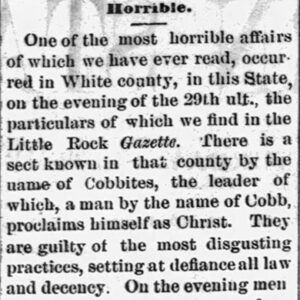 Cobbite Article
Cobbite Article
Time Period: Post-Reconstruction through the Gilded Age (1875 - 1900)
 Cobbite Article
Cobbite Article
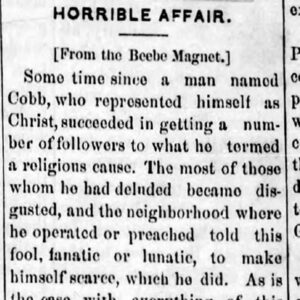 Cobbite Article
Cobbite Article
Cockrill, Sterling Robertson
Coffin, Frank Barbour
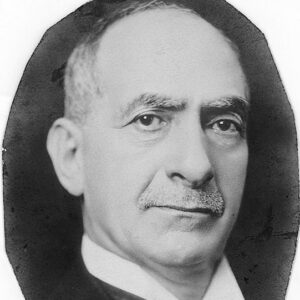 M. M. Cohn
M. M. Cohn
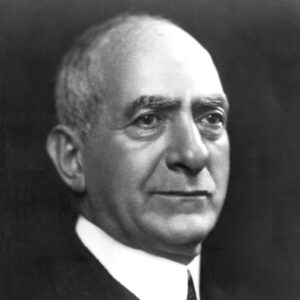 M. M. Cohn
M. M. Cohn
 Mathias Cohn
Mathias Cohn
Cohn, Morris M.
 Colored Deaf Mute Institute
Colored Deaf Mute Institute
Colored Industrial Institute
 Colored Industrial Institute Students
Colored Industrial Institute Students
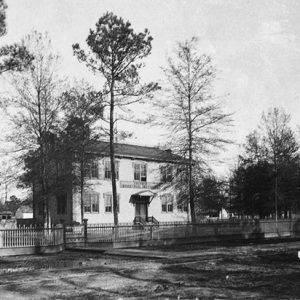 Colored Industrial Institute
Colored Industrial Institute
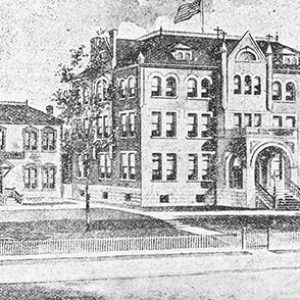 Colored Industrial Institute
Colored Industrial Institute
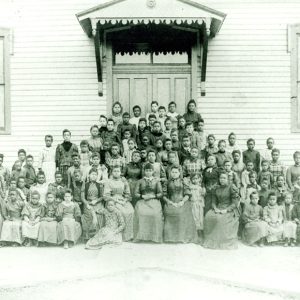 Colored Industrial Institute
Colored Industrial Institute
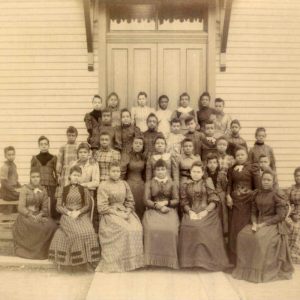 Colored Industrial Institute Students
Colored Industrial Institute Students
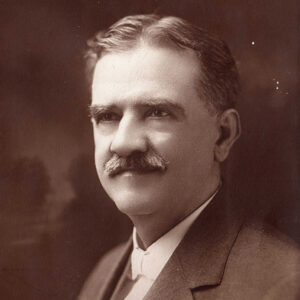 J. W. Conger
J. W. Conger
Conger, John William
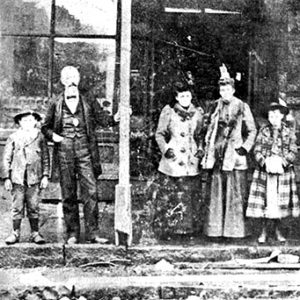 Conner Grocery
Conner Grocery
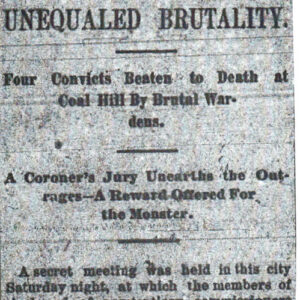 Convict Lease Article
Convict Lease Article
 Convict Lease Article
Convict Lease Article
 Convict Lease Article
Convict Lease Article
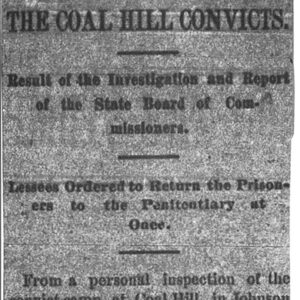 Convict Lease Article
Convict Lease Article
Convict Lease System
 Convict Lease System Article
Convict Lease System Article
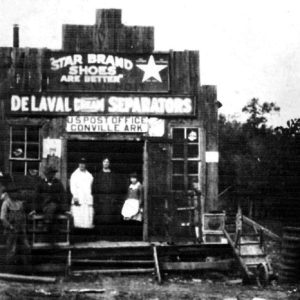 Conville Post Office
Conville Post Office
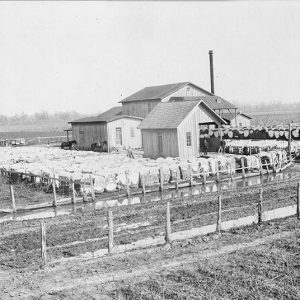 Cook Cotton Mill
Cook Cotton Mill
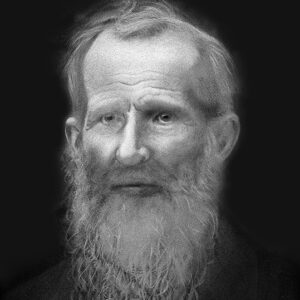 Barnett Manly Cook
Barnett Manly Cook
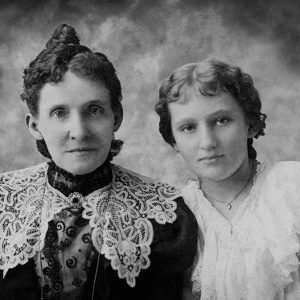 Mildred and Varina Cook
Mildred and Varina Cook
 Neva Pearl Cook
Neva Pearl Cook
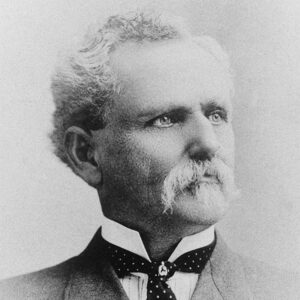 V. Y. Cook
V. Y. Cook
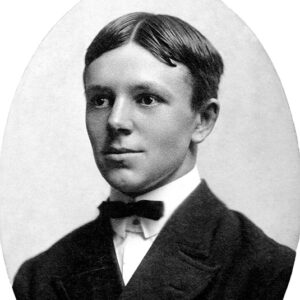 Virgil Whitfield Cook
Virgil Whitfield Cook
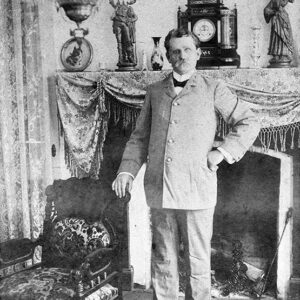 V. Y. Cook
V. Y. Cook
Cook, Virgil Young (V. Y.)
 Cook's Landing
Cook's Landing
Coolidge House
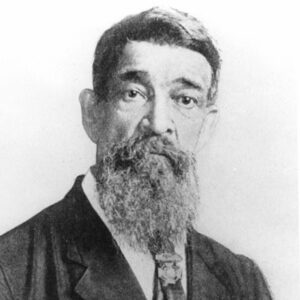 Joseph Corbin
Joseph Corbin
 Joseph Corbin
Joseph Corbin
Corbin, Joseph Carter
 Joseph Carter Corbin Day
Joseph Carter Corbin Day
 Corn Crib
Corn Crib
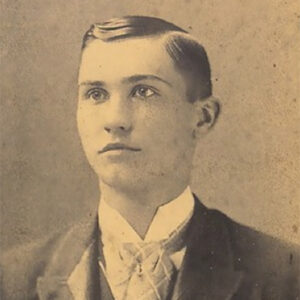 Edward Cornish
Edward Cornish
Corvett, George (Lynching of)
 Cotter Roundhouse
Cotter Roundhouse
Cotton Pickers Strike of 1891
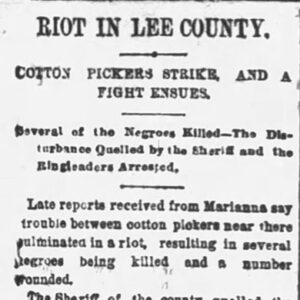 Cotton Pickers Strike Article
Cotton Pickers Strike Article
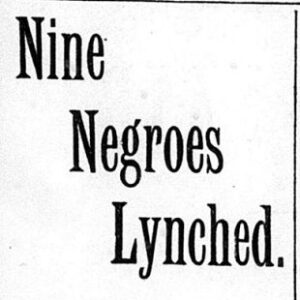 Cotton Pickers Strike Article
Cotton Pickers Strike Article
Cotton, John (Lynching of)
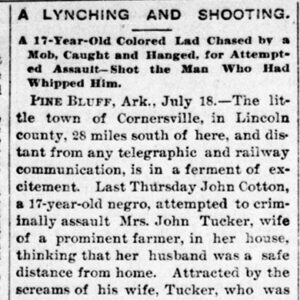 John Cotton Lynching Article
John Cotton Lynching Article
Covington, Riley (Reported Lynching of)
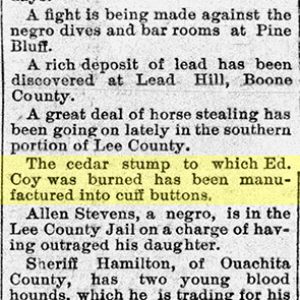 Edward Coy Lynching Article
Edward Coy Lynching Article




